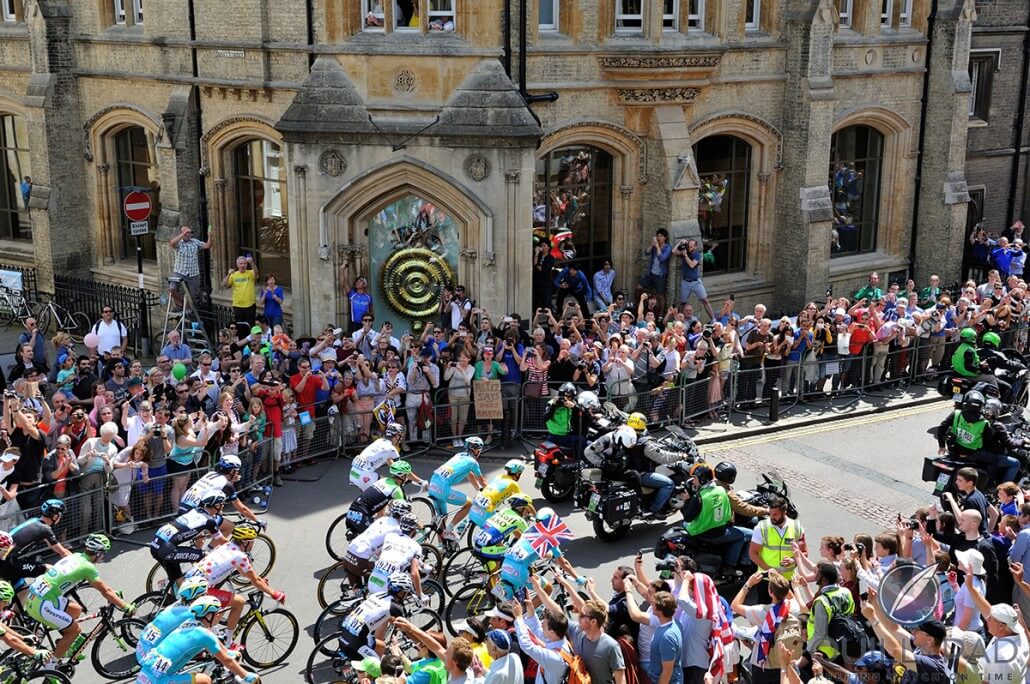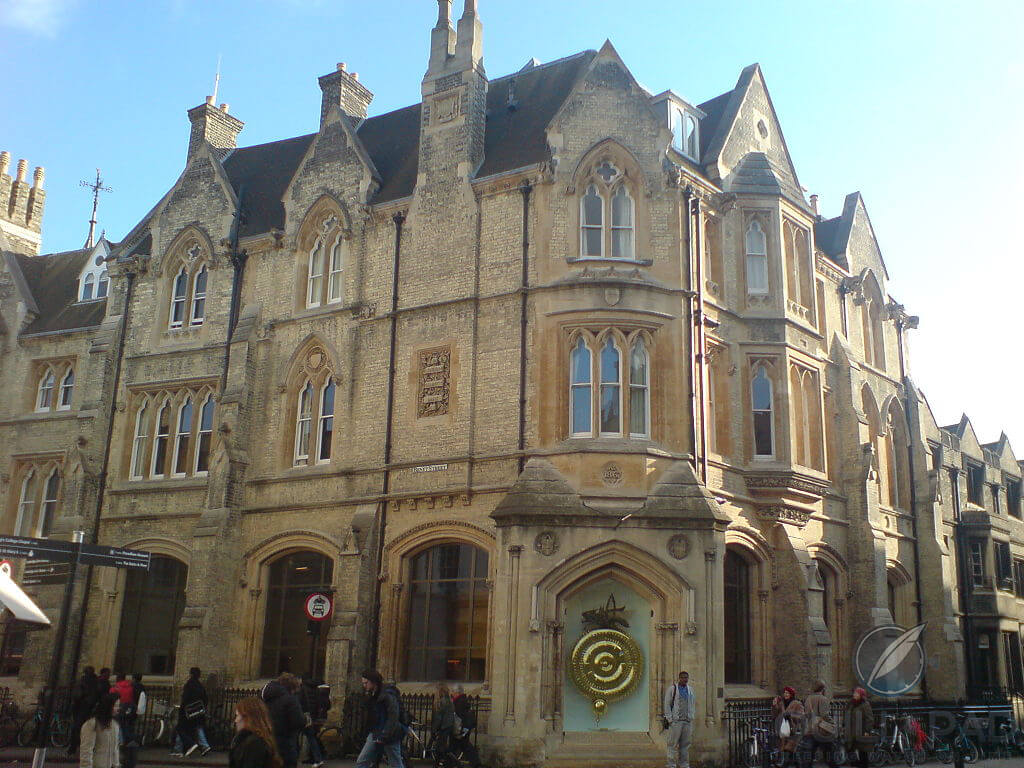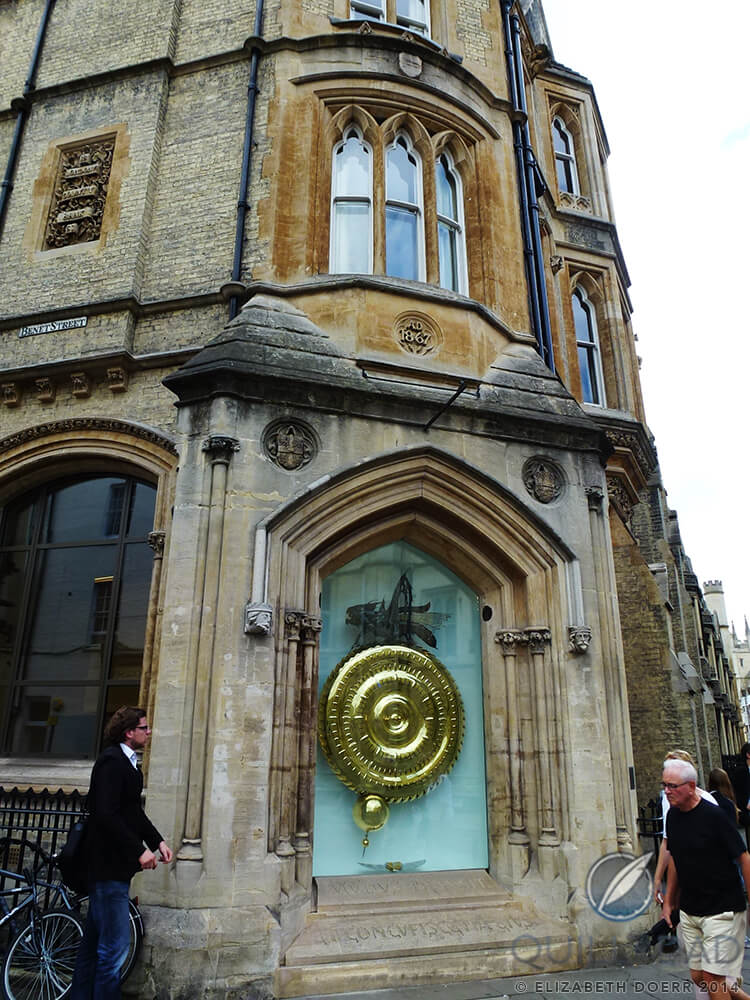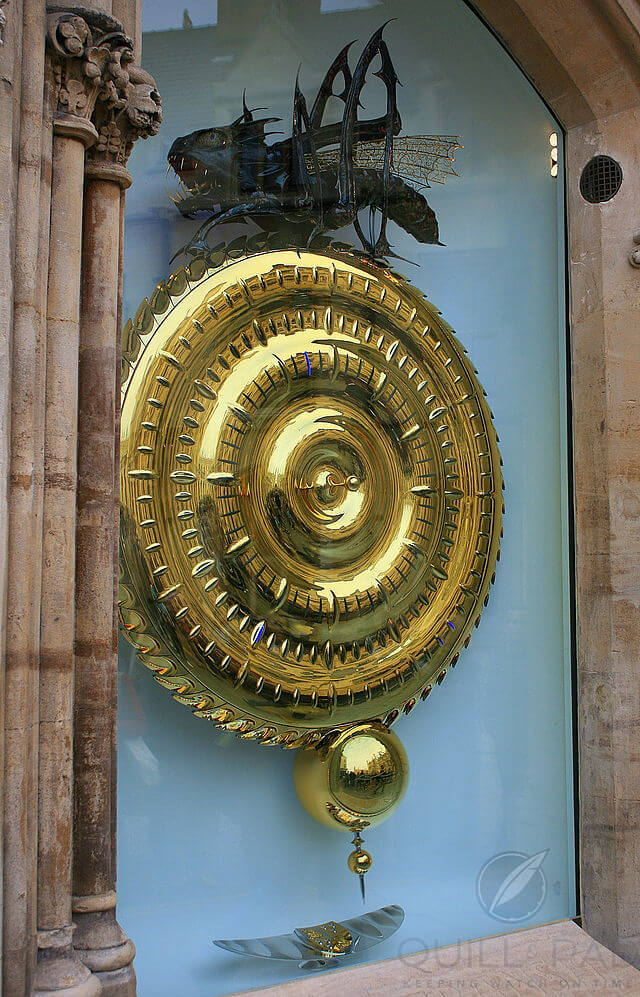Tour De France Races Against Both Time And The Time-Eating Chronophage Corpus Clock
Now that the 2014 editions of Wimbledon and the FIFA World Cup of soccer have finished, sporting enthusiasts will likely turn their attention toward the Tour de France, cycling’s premier annual event.
This multiple-stage, professional bicycle race is a demanding three-week test of endurance and speed. The oldest of the professional touring races – it was created in 1903 – the Tour de France primarily takes place in France, as its name implies. The modern race, however, does veer off into bordering countries in order to allow diverse fans to view it live and the participating cyclists a variation in scenery.
While the final stage always dramatically finishes on Paris’ Champs-Élysées, the start and various stages in the middle are negotiable in terms of location.
This year’s Tour de France started in Britain, after which it spent three days racing on English roads. The third stage, between Cambridge and London, took place on July 7, 2014, and was 155 kilometers (100 miles) long.

The 2014 Tour de France riding past the Chronophage clock at Corpus Christi College Cambridge (photo courtesy Henry Iddon)
The riders raced past one of Cambridge’s most interesting and unusual horological sights: the Corpus Christi Chronophage (“time-eater”) on display on the outside of a prominent building of the Corpus Christi College, one of the most prestigious at Cambridge University.
The Chronophage was conceived and created by one of Britain’s premier modern-day inventors, Dr. John C. Taylor, to consume every second and every minute it displays. Perhaps not surprisingly, Taylor attended university at Cambridge’s Corpus Christi College.
Taylor has spent much of his life immersed in studying and collecting early clocks. In addition to founding Fromanteel Ltd., a horological development company, he has organized major exhibitions on seventeenth- and eighteenth-century horology, placing a special focus on the works of Christiaan Huygens (1629-1695), inventor of the pendulum clock and balance spring, and John Harrison (1693-1776), who created the first accurate and reliable marine chronometer.
Taylor’s interest extends to designing and making innovative clocks, including the Corpus Christi Chronophage, which he donated to the Corpus Christi College in Cambridge. It is now on permanent display there.
Taylor, who has been knighted and carries the title OBE (officer of the Most Excellent Order of the British Empire) said, “My idea with the Chronophage was to turn the clock inside out, and then make the tiny little escapement and the grasshopper into the biggest gear on the clock. I wanted a bit of impact so I made it one-and-a-half meters in diameter, with the grasshopper a meter long on the top. Its legs are the pallets of the escapement, which John Harrison designed. This means you can actually see the grasshopper escapement working.”
The most fascinating detail of the clock is, of course, the creature, which is actually rather alarming-looking.
“Time is not on your side, it’s rather scary,” Taylor says. “So I changed the cuddly image of a Walt Disney grasshopper into a rather frightening time-eater. I thought it would be fun if in a minute he slowly opened his jaws wider and wider, and on the 59th second of every minute he went crunch, got that minute, chewed it up and swallowed it so you could never get it back.”






Leave a Reply
Want to join the discussion?Feel free to contribute!